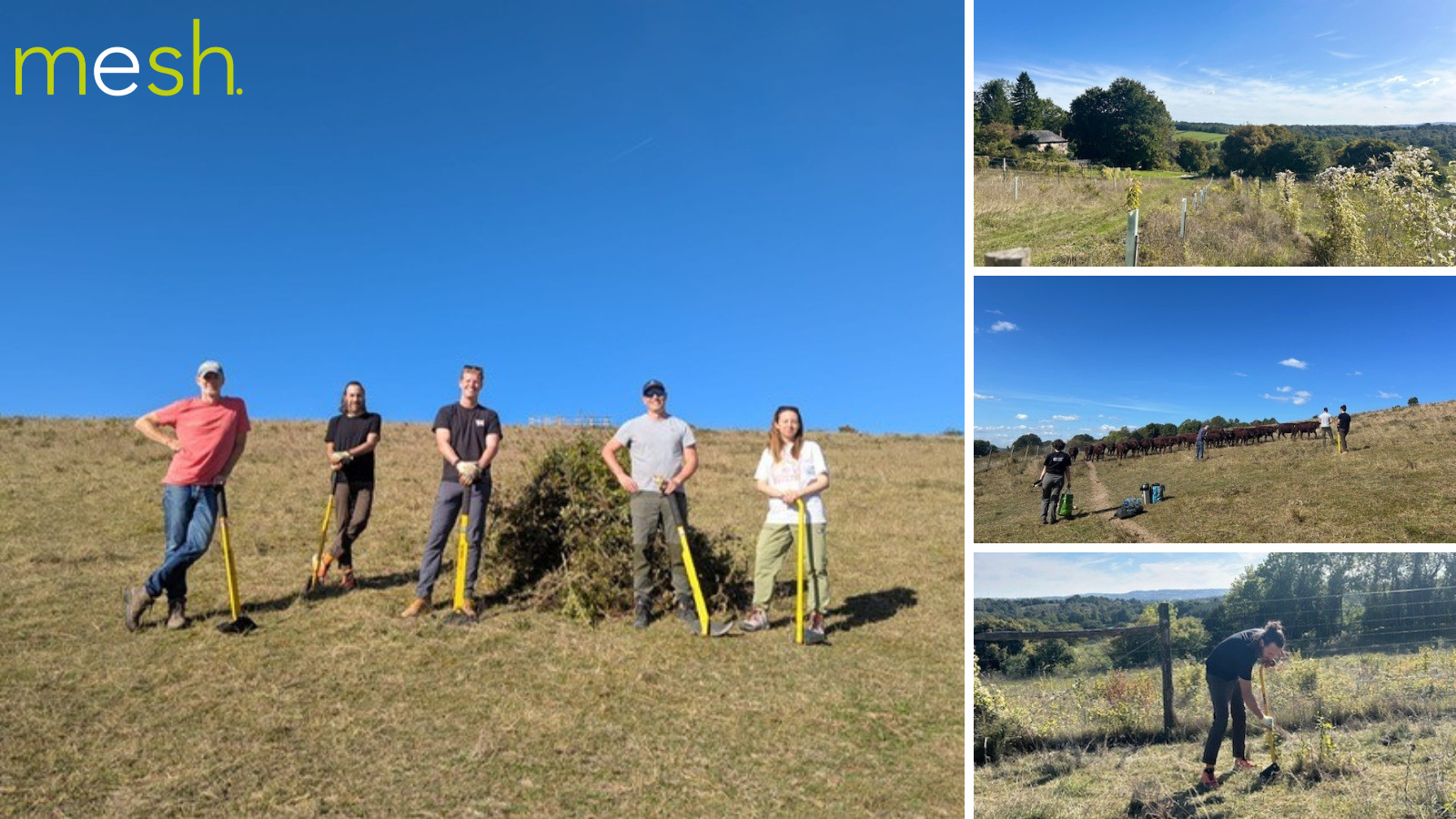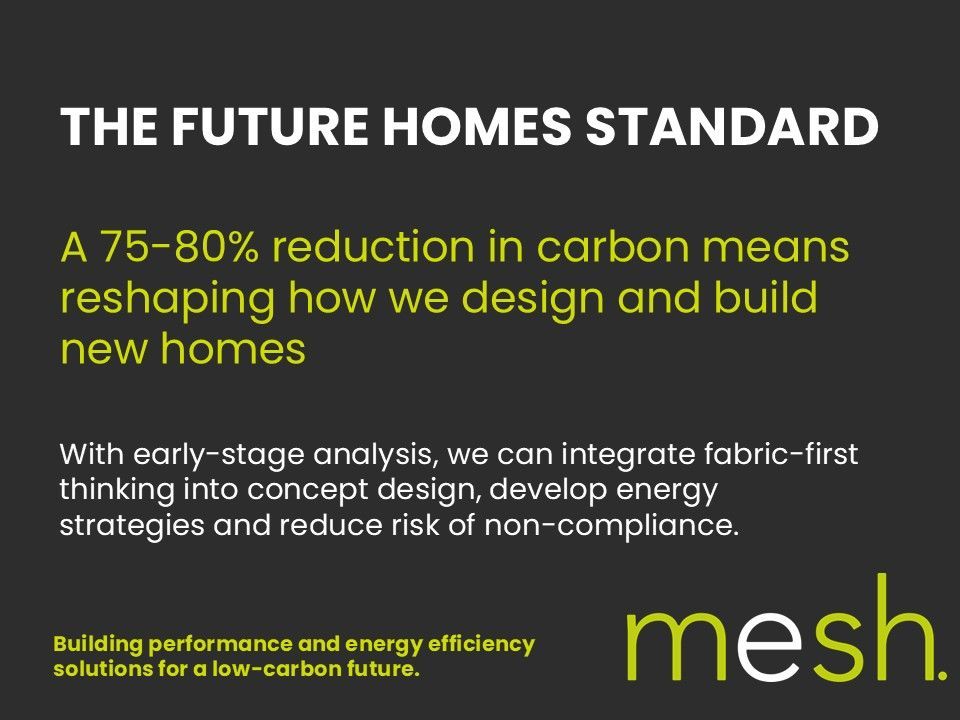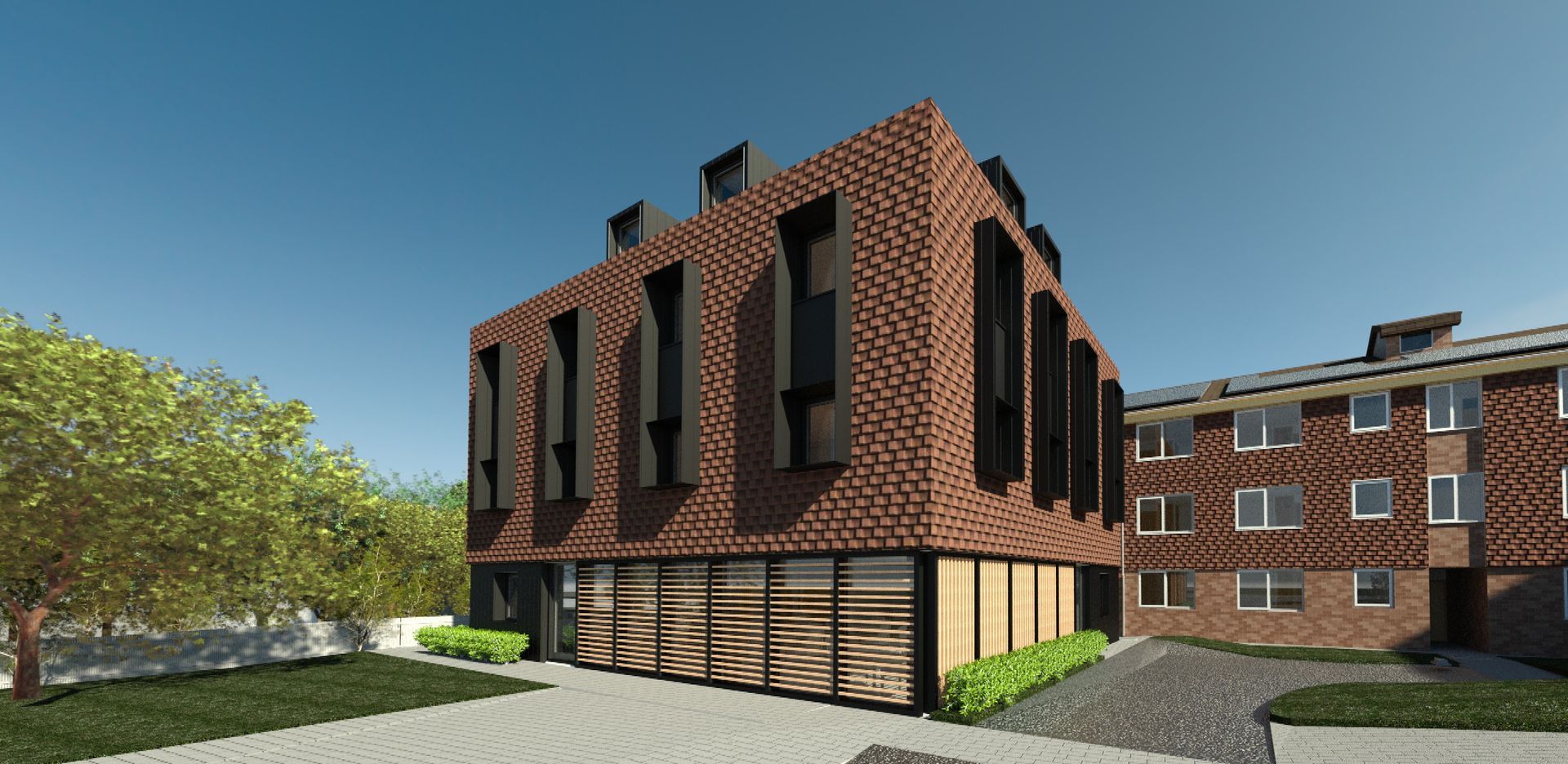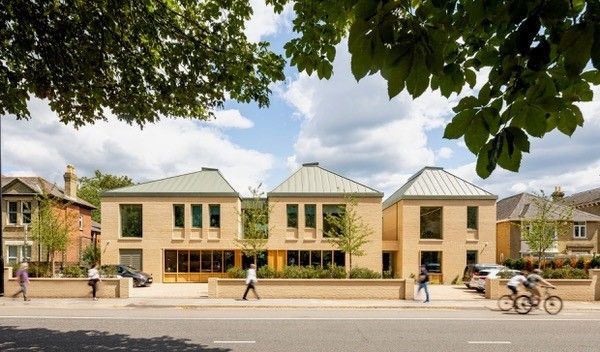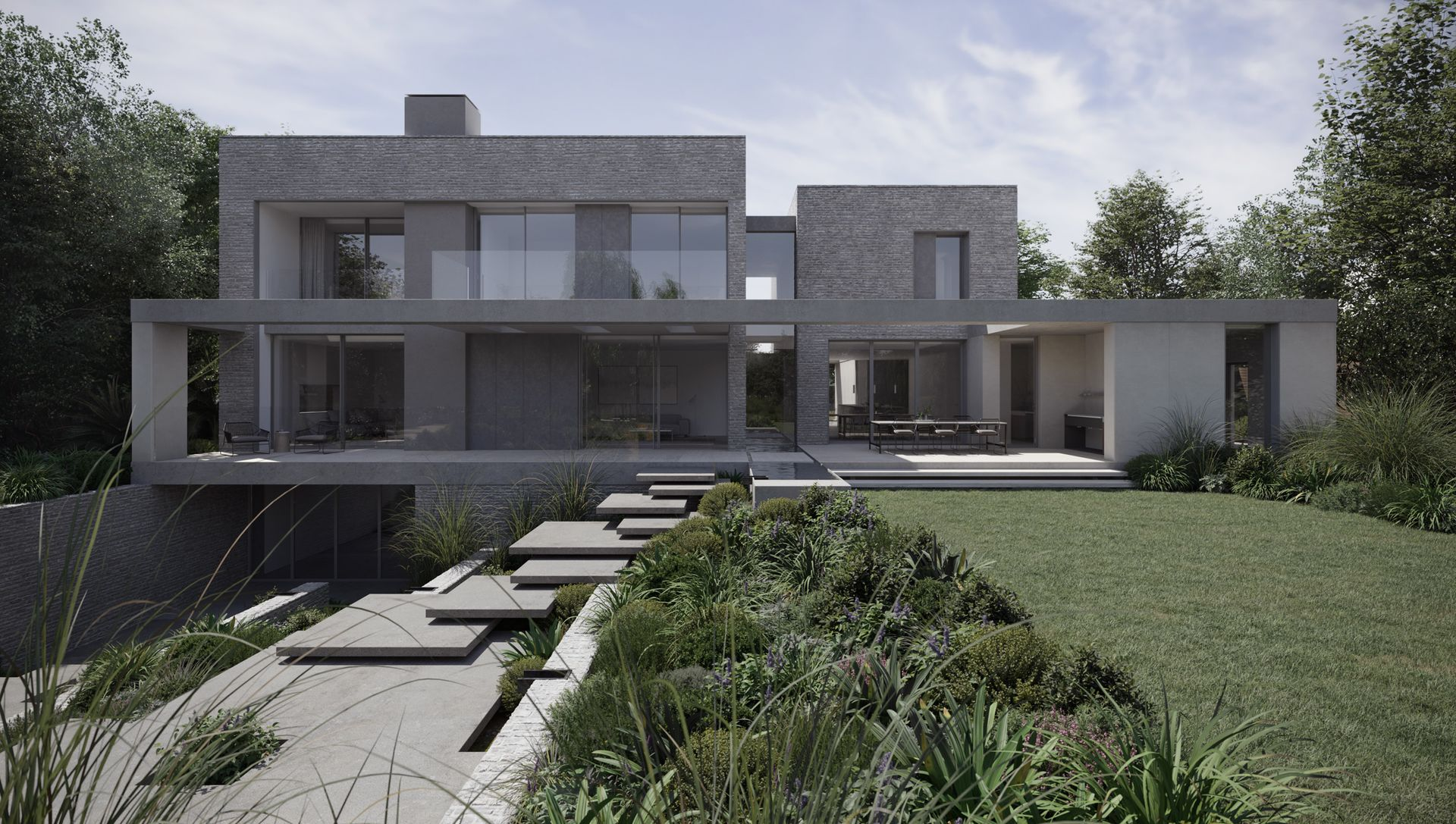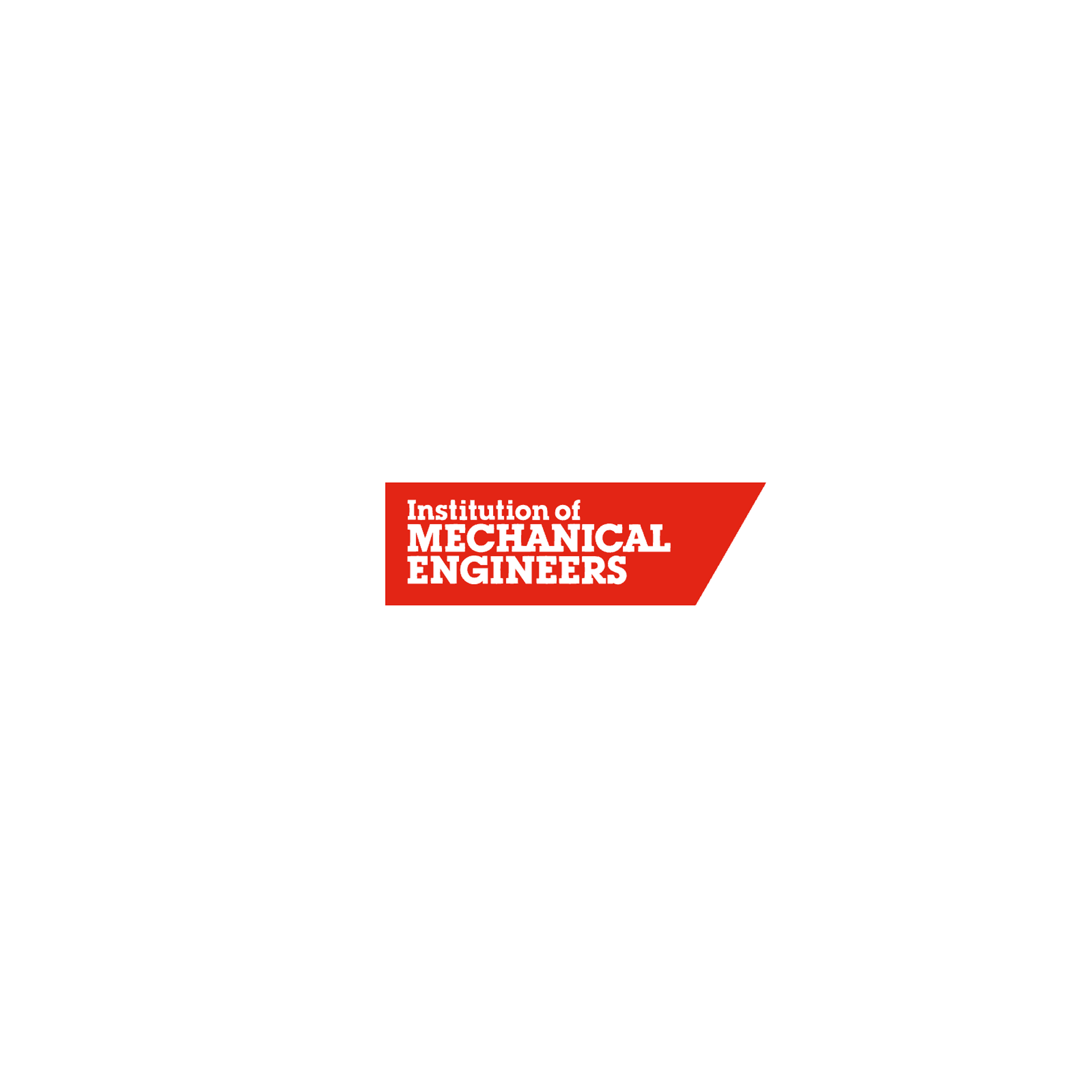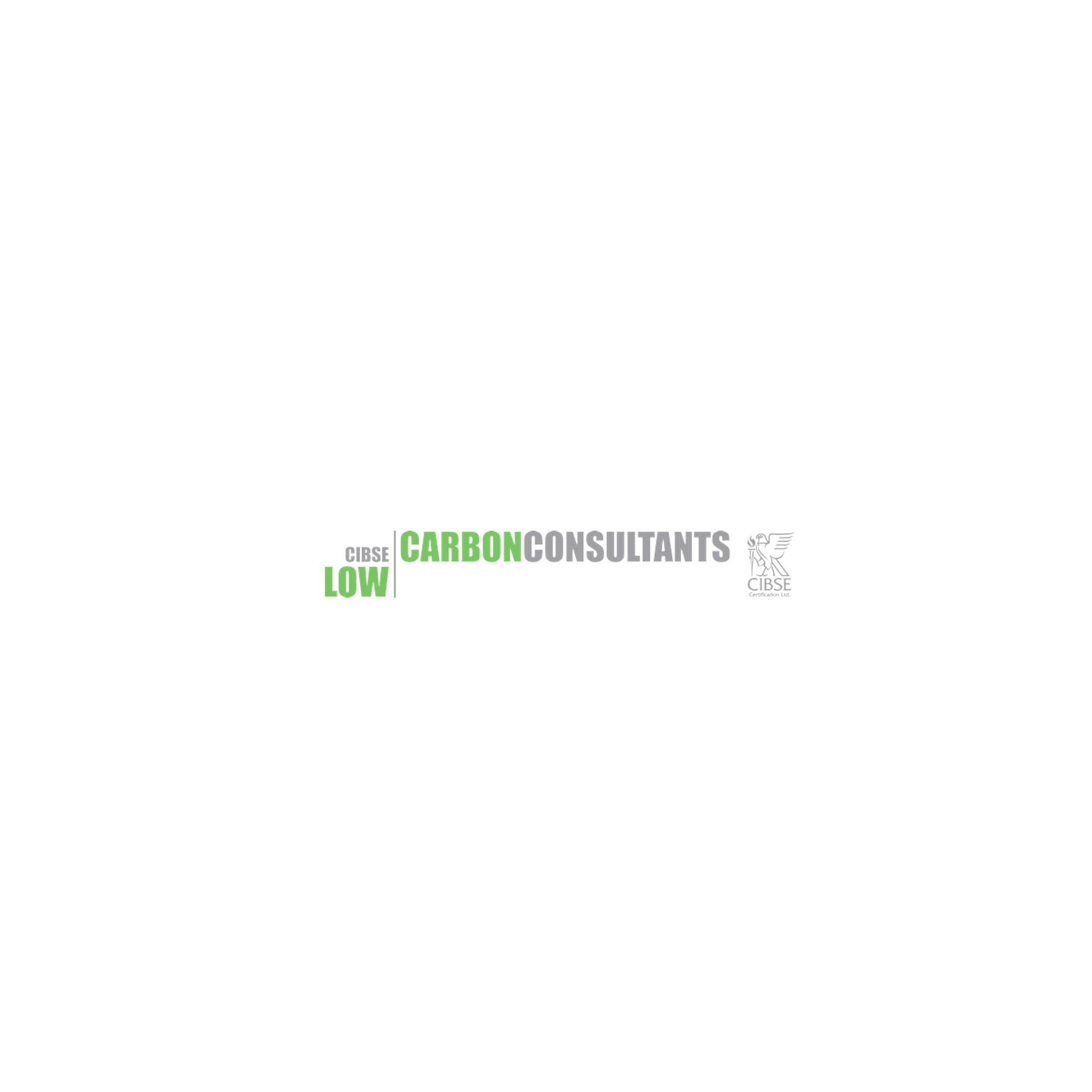Why airflow is crucial to your health and well-being in modern buildings
Airflow is crucial to our health and well-being in modern buildings because it can significantly impact the quality of the air we breathe, as well as our comfort levels.
Modern buildings are often constructed to be airtight and energy-efficient, which can lead to poor indoor air quality if the ventilation system is not fit for purpose.
This can cause a buildup of pollutants such as volatile organic compounds (VOCs), carbon dioxide, and particulate matter, which can have negative effects on our health, such as respiratory issues, allergies, headaches, and fatigue.
Proper airflow is also essential for maintaining comfortable indoor temperatures and humidity levels. This can be achieved through proper ventilation system design and maintenance, as well as regular monitoring of indoor air quality. Poor airflow can result in hot and stuffy rooms, which can lead to discomfort and reduced productivity, especially in workplaces. On the other hand, excessive airflow can cause drafts and discomfort, especially during the colder months.
In addition, adequate ventilation and airflow are critical for reducing the risk of the transmission of airborne viruses and other respiratory infections. Good airflow can help dilute and remove potentially infectious particles from the air, reducing the likelihood of infection.
How is ‘airflow’ defined in the context of sustainable building?
In the context of sustainable building, "airflow" generally refers to the movement of air through a building's ventilation system, which can impact indoor air quality, thermal comfort, and energy efficiency.
Specifically, airflow in sustainable building design aims to achieve a balance between ventilation and energy efficiency. Proper ventilation is important for maintaining good indoor air quality and removing pollutants and moisture, while energy efficiency is important for reducing the amount of energy needed to maintain a comfortable indoor environment.
Airflow can be controlled through a number of strategies, such as the use of ventilation systems that draw in fresh air from outside and expel stale air, air filters that remove pollutants from the air, and natural ventilation strategies like operable windows and passive cooling techniques. Additionally, the design and placement of vents, ducts, and air diffusers can impact airflow and energy efficiency within a building.
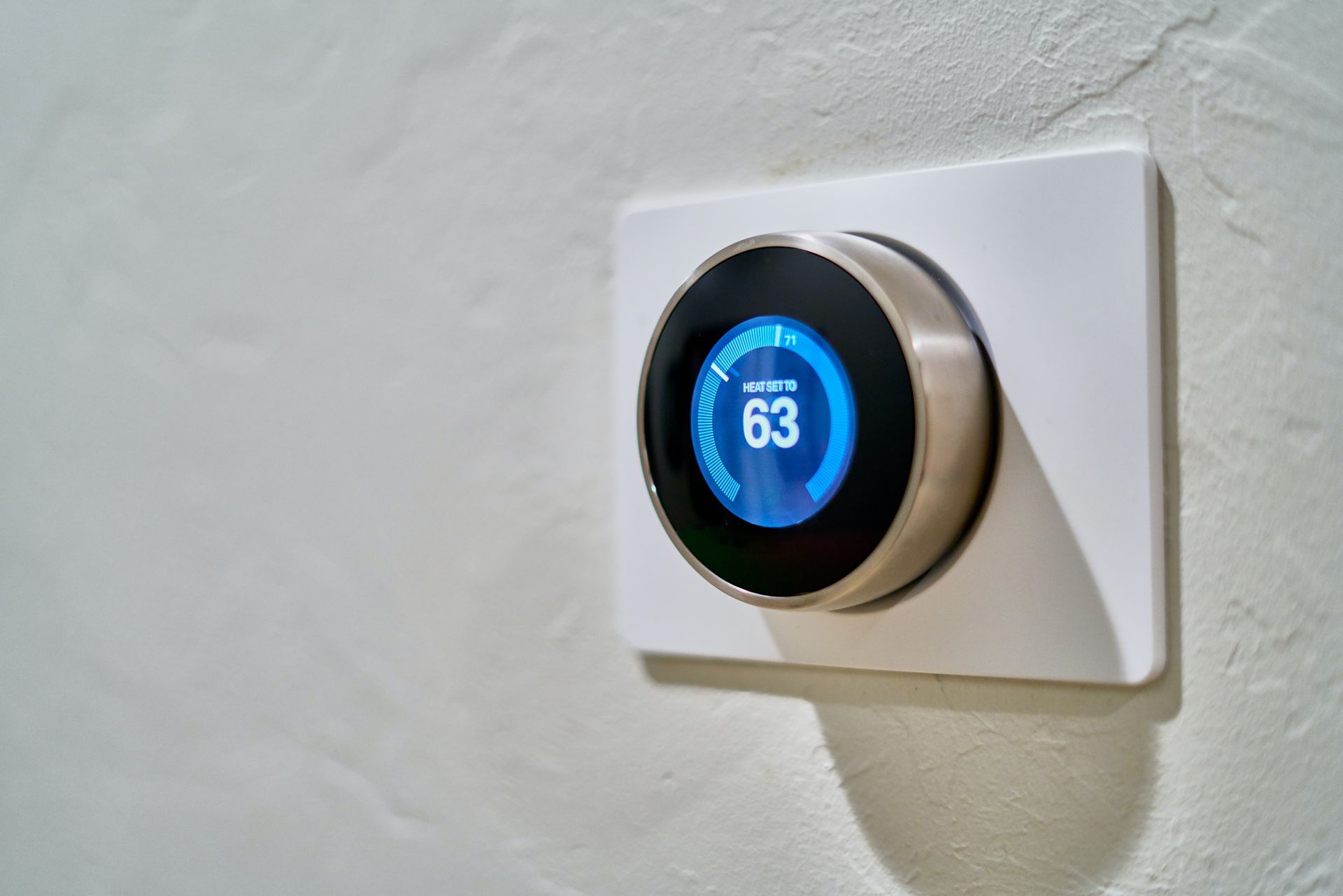
Why is airflow important to a building?
Here are some reasons why airflow is important to a building:
- Ventilation: Proper airflow provides ventilation, which is the process of bringing fresh air into a building and removing stale air. Ventilation helps to control indoor air pollutants, such as volatile organic compounds (VOCs), carbon monoxide, and other harmful gases.
- Temperature control: Proper airflow can help regulate the temperature of a building. In warmer weather, for example, airflow can help bring cooler air into the building, while in colder weather, it can help distribute warm air throughout the building.
- Humidity control: Airflow can help control the level of humidity in a building. High humidity can lead to mould growth and other problems, while low humidity can cause discomfort and respiratory issues.
- Energy efficiency: Proper airflow can also help improve energy efficiency by reducing the need for heating and cooling systems to regulate the temperature.
- Occupant comfort: Good airflow can contribute to occupant comfort by providing fresh air, controlling temperature and humidity levels, and reducing odours and other pollutants.
How does it relate to air leakage and air tightness?
Airflow is important to a building's occupants for several reasons. Here are a few key ones:
- Health: Good indoor air quality is essential for good health. Proper airflow can help remove pollutants, such as carbon dioxide and volatile organic compounds, from the indoor air, which can improve the health and comfort of the building's occupants.
- Comfort: Proper airflow can also help maintain a comfortable indoor temperature and humidity level. Proper ventilation can also help reduce drafts and make the indoor environment more pleasant.
- Energy efficiency: Good airflow management can also help reduce energy consumption by improving the heating, cooling, and ventilation systems.
Air leakage and air tightness are closely related to airflow in a building. Air leakage is the unintended movement of air into and out of a building through cracks, gaps, and other openings. This can result in uneven airflow, which can lead to discomfort for the occupants, and can also lead to energy waste.
Air tightness, on the other hand, is the measure of a building's ability to prevent air leakage. A building with good air tightness will have a lower rate of air leakage, which means that the indoor air will be better controlled, and the building will be more energy efficient.
Does sustainable technology have a part to play in controlling airflow?
Sustainable technology can play a significant role in controlling airflow in buildings and reducing energy consumption associated with heating, ventilation, and air conditioning (HVAC) systems.
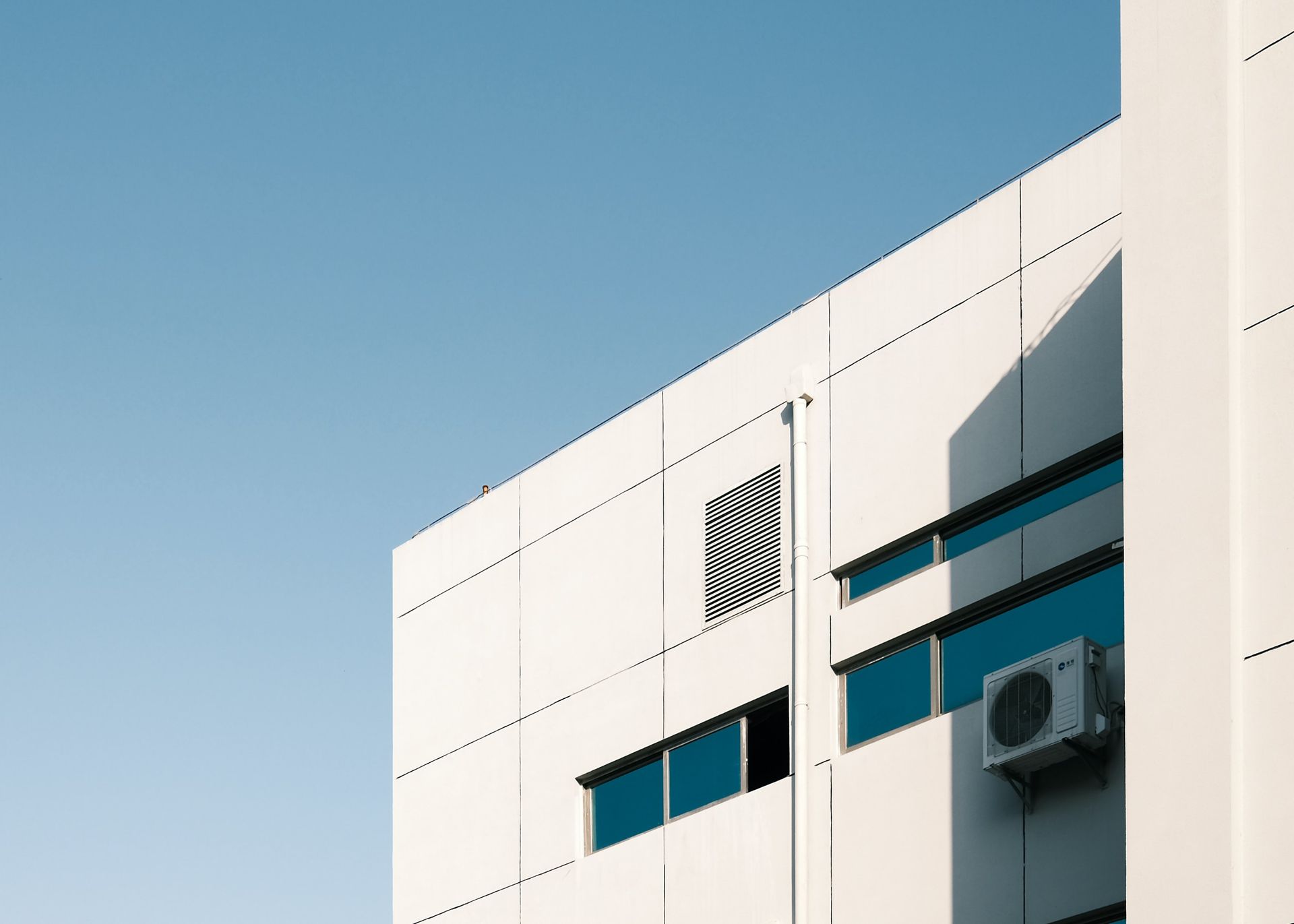
One way that this can occur is through the use of smart ventilation systems. These systems use sensors to monitor indoor and outdoor air quality, temperature, and humidity levels to adjust ventilation rates in real-time. This can help to ensure that indoor air quality remains high while minimising the amount of energy used to heat or cool the space.
Another sustainable technology that can help control airflow is the use of passive ventilation systems. These systems rely on natural air movement and thermal buoyancy to regulate temperature and airflow in buildings, rather than relying on mechanical systems. For example, passive solar design features such as shading, natural ventilation, and thermal mass can help to reduce the need for mechanical cooling systems.
Additionally, the use of green roofs and green walls can help to reduce the amount of heat absorbed by buildings, which can help to reduce the need for air conditioning. These features can also help to filter and purify the air, improving indoor air quality and reducing the need for mechanical ventilation.
Sustainable technology can play an important role in controlling airflow and reducing the energy consumption associated with HVAC systems, ultimately contributing to a more sustainable and environmentally friendly built environment.
How can Mesh help?
Mesh can help you improve the efficiency and sustainability of your ventilation systems, reducing your carbon footprint and potentially saving you money on energy costs over time. Here are a few examples of how we can help.
Assessment and Analysis: Mesh can assess your building's current airflow and ventilation systems to identify areas of inefficiency, which can be improved through the installation of renewable energy solutions. For example, we may be able to identify areas where heat loss occurs and recommend the installation of insulation or more energy-efficient windows to improve ventilation, along with new ventilation systems to work in tandem with the building fabric.
Design and Implementation: If you are building a new structure or looking to upgrade your current ventilation systems, Mesh will be able to help design and implement renewable energy solutions that can improve airflow and ventilation. For example, we may recommend the installation of ground source or air source heat pumps, solar panels, or other renewable energy systems that can power ventilation equipment.
Sustainability Planning: Mesh can help you plan for the long-term sustainability of your ventilation systems, ensuring that they are designed to last and that they can be easily maintained and upgraded as technology advances.
SHARE THIS POST WITH YOUR NETWORK


